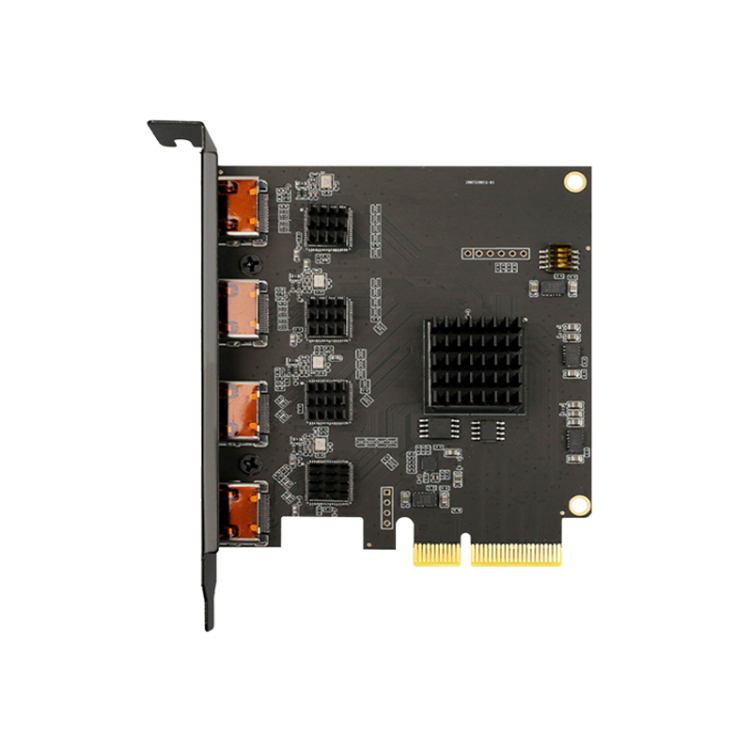The impact of 4K high-definition video encoder on the development of the security industry
Now 4K ultra-high-definition applications have been applied to the security industry, similar to the H.264/AVC, and H.265/HEVC encoders will gradually be applied to the security industry, but this requires the maturity of various supporting links.
Referring to the popularization process of H.264/AVC that year, when H.264/AVC was officially promulgated as an international standard in 2003, in the next 2 to 5 years, many people used various DSPs to implement codecs, such as ADI blackfin561, TI's DM642. At that time, these DSPs did not have hardware accelerators inside. They were only one-core or two-core general-purpose DSPs, which could only be realized by software optimization.
Later, TI launched the Da Vinci series SOC. At this time, the chip has several hardware accelerators and multiple processing cores. When developing the H.264/AVC codec on it, the software optimization calls the accelerator to improve efficiency. The processing power has been greatly improved. At the same time, HiSilicon in China also launched a codec ASIC-based SOC solution, and Ambarella also launched a similar SOC solution. Later, TI launched the Netra series chips, embedded more accelerators on the SOC, and greatly improved the codec capability. At this time, the design of the codec became extremely simple, and only needed to call the interface provided by the manufacturer to call the hardware codec.
Currently, the H.264/AVC codecs in IPCs, DVRs, and NVRs are implemented with accelerators and ASICs, and there is no software-optimized implementation mode.
In contrast to the current situation of H.265/HEVC, in view of its complexity and the large resolution of the main coding object, it is impossible to achieve software optimization on a general-purpose multi-core DSP platform, and it can only be realized by chip manufacturers using ASIC or accelerator solutions. However, the chip design cycle is usually very long, especially after several generations of chips will stabilize. It has been a long time since the H.265/HEVC standard was promulgated, so it is too early for chip manufacturers to launch mature solutions. the
At the same time, it has not yet been fully applied in the upstream and downstream links of ultra-high-definition acquisition imaging and display. It is believed that in the next few years, after the launch of the H.265/HEVC codec chip, it will become a process of mutual promotion with 4K ultra-high-definition applications, and they will become popular together. However, in standard definition and some full high definition applications, the H.264/AVC codec scheme will still be used.
After the H.265/HEVC encoder is commercialized, it will have an impact on the architecture of various security industries. Not only is the simple replacement of the video encoder from H.264/AVC to H.265/HEVC, but it has a significant impact on front-end imaging acquisition, platform architecture, storage, and back-end display.